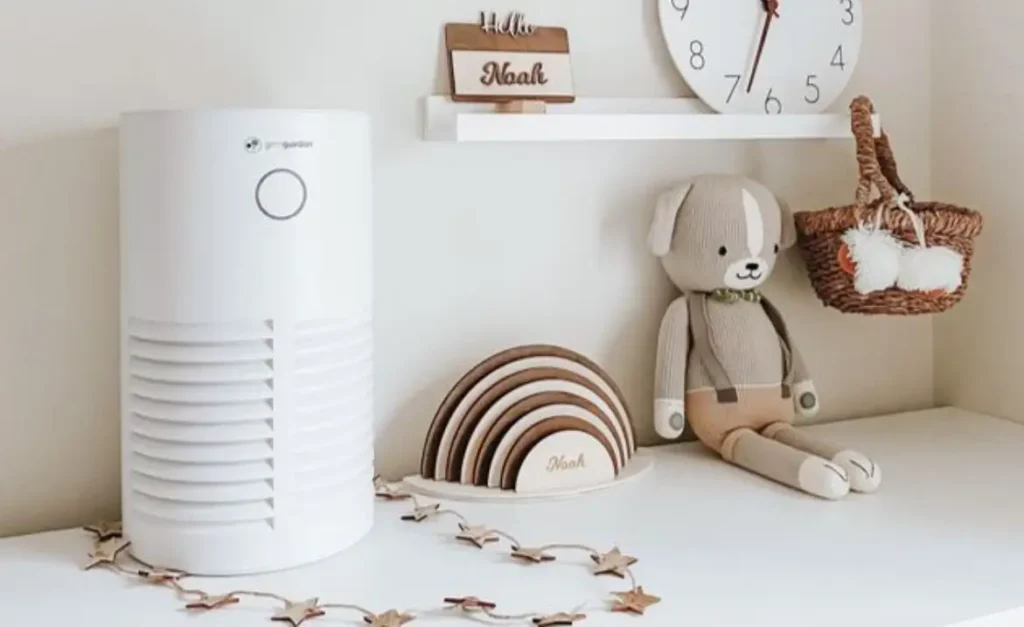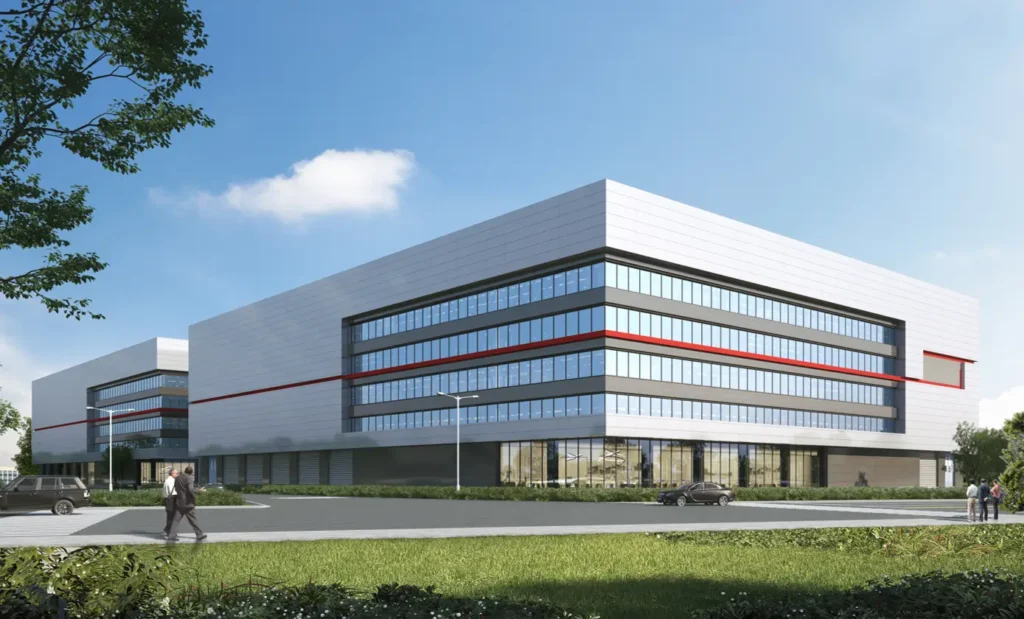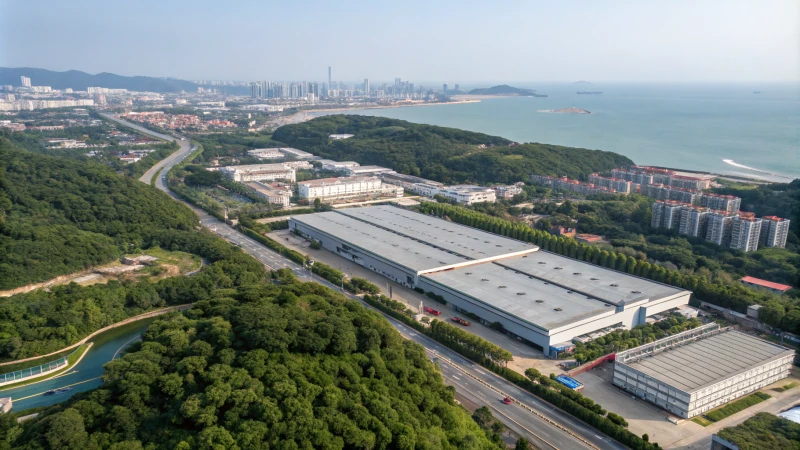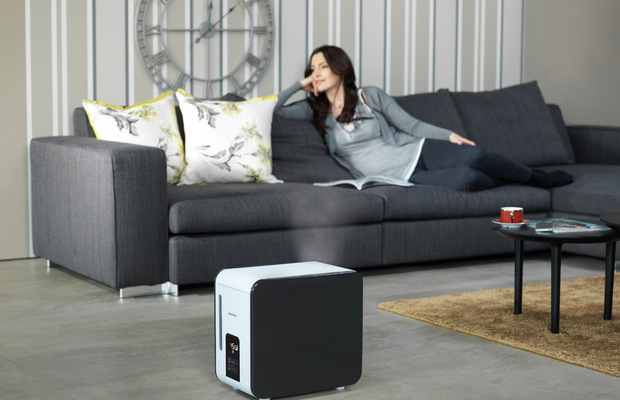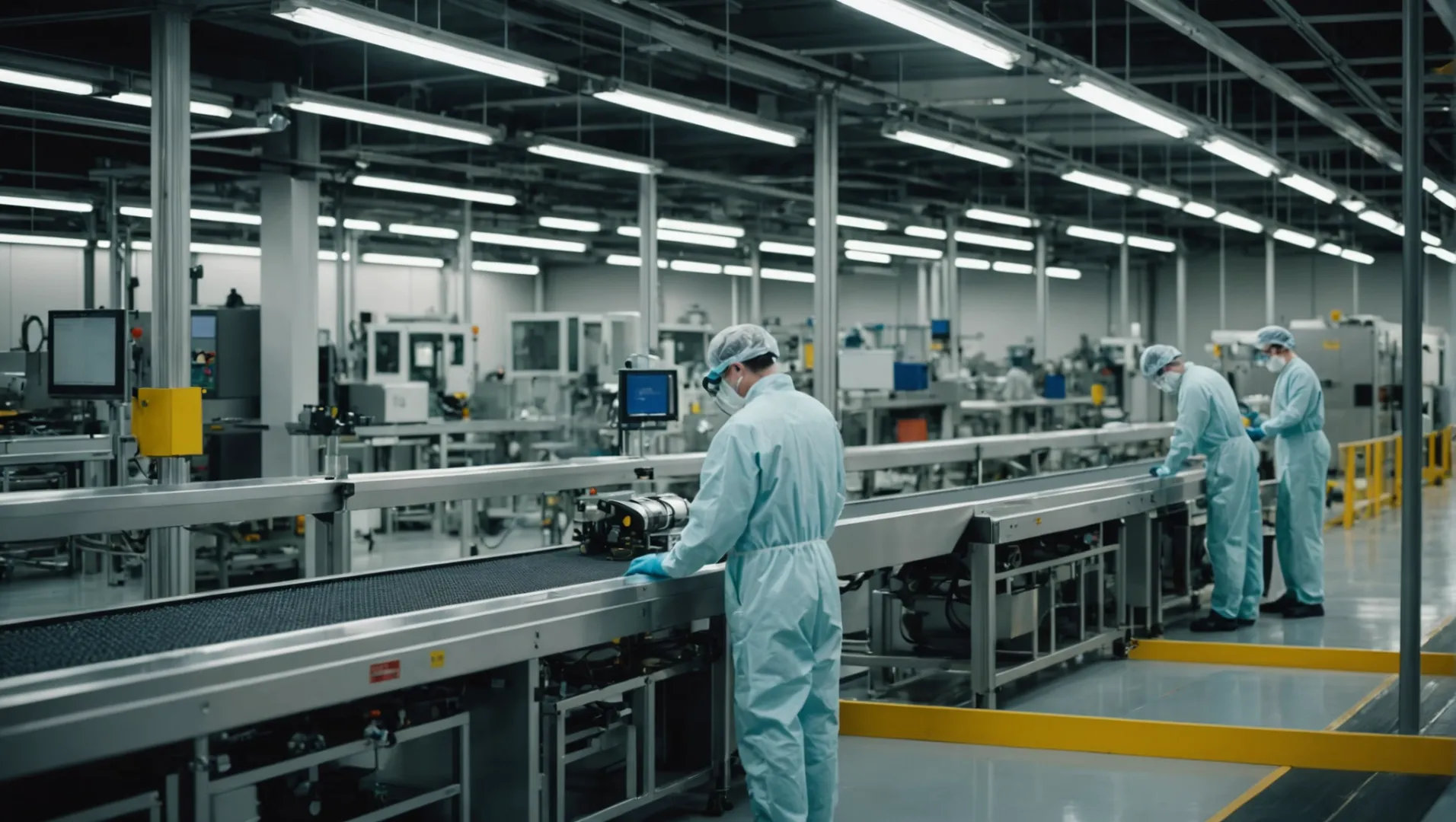
Представьте, что вы заходите в больницу, где каждый ваш вздох - это шаг к безопасности. В этом и заключается сила HEPA фильтры!
HEPA Производство фильтров жизненно важно для OEM-производителей благодаря их роли в обеспечении качества воздуха, соблюдении стандартов безопасности и возможности адаптации фильтров к конкретным условиям применения. Эти фильтры улавливают вредные частицы, что делает их незаменимыми в критически важных средах.
Но за их известной эффективностью скрывается целый мир производственных тонкостей. Присоединяйтесь ко мне, чтобы поближе познакомиться с технологиями и возможностями настройки, которые отличают эти фильтры.
Фильтры HEPA задерживают 99,97% частиц размером 0,3 микрона и более.Правда
Такая эффективность является стандартом для фильтров HEPA, обеспечивая высокое качество воздуха.
Как HEPA Фильтры обеспечивают соблюдение санитарных норм?
HEPA Фильтры играют решающую роль в соблюдении строгих санитарных норм, обеспечивая чистую и безопасную среду в различных отраслях промышленности.
HEPA Фильтры соответствуют санитарным нормам, улавливая не менее 99,97% частиц диаметром 0,3 микрона, что обеспечивает чистоту воздуха. Эта способность делает их незаменимыми в условиях, требующих соблюдения строгих стандартов чистоты воздуха, например, в больницах и лабораториях.
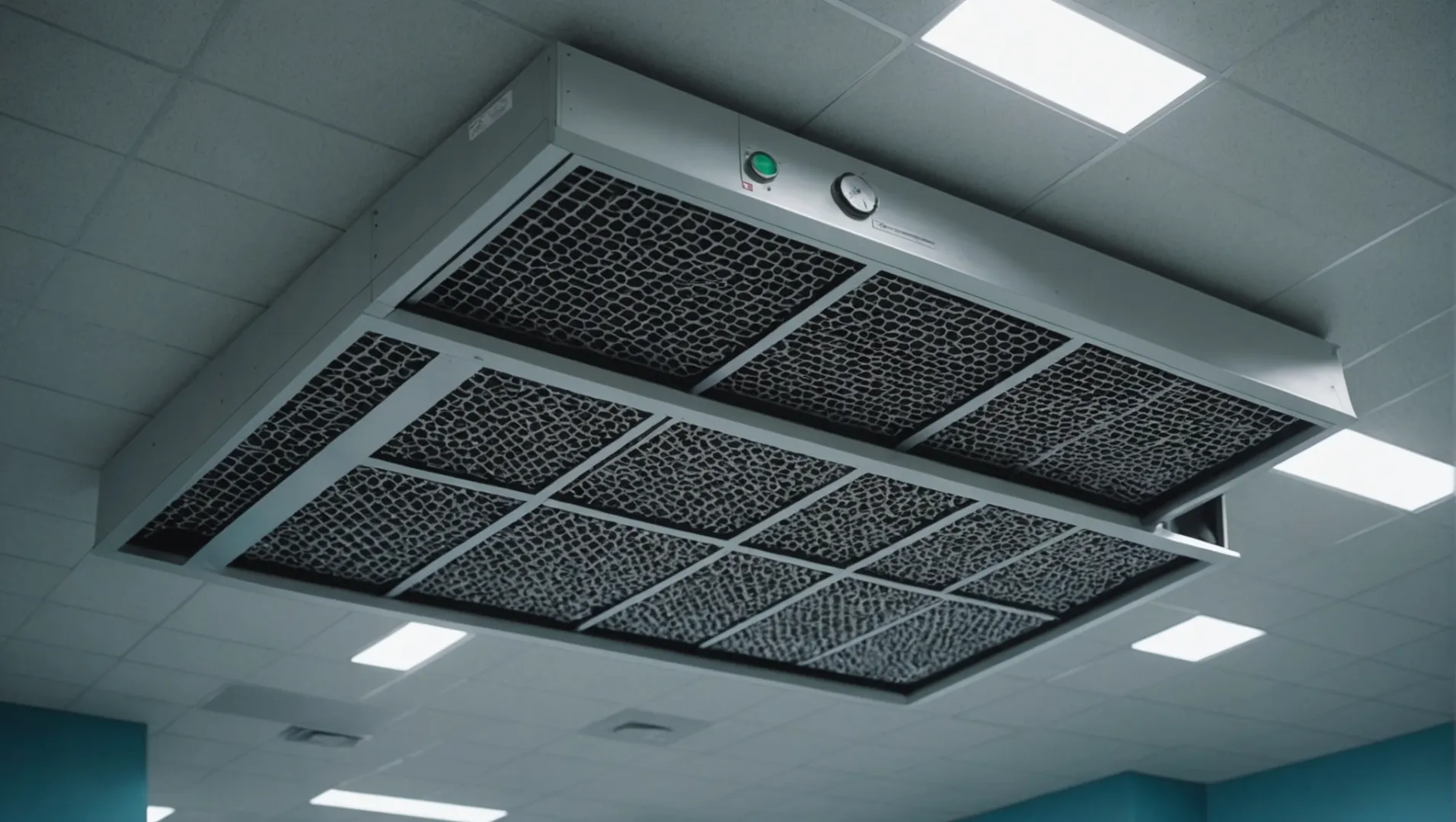
Понимание HEPA Стандарты и правила
HEPA Фильтры должны соответствовать строгим стандартам, чтобы обеспечить эффективность защиты здоровья и безопасности. Эффективность HEPA фильтры улавливают микроскопические частицы - это ключевой фактор, который помогает им соответствовать строгим нормам, установленным такими органами, как Агентство по охране окружающей среды США (EPA) и Всемирная организация здравоохранения (ВОЗ). Чтобы соответствовать требованиям, эти фильтры должны продемонстрировать способность задерживать 99,97% частиц воздуха размером до 0,3 микрона. Эта спецификация имеет решающее значение в таких средах, как больницы, где необходимо минимизировать количество патогенных микроорганизмов в воздухе.
Роль HEPA Фильтры в критических средах
В таких отраслях, как здравоохранение и фармацевтика, где поддержание стерильной среды имеет решающее значение, HEPA Фильтры являются важнейшими компонентами систем отопления, вентиляции и кондиционирования воздуха. Они обеспечивают отсутствие в воздухе загрязняющих веществ, которые могут поставить под угрозу безопасность пациентов или целостность продукции. Например, в операционных и чистых помещениях, HEPA Фильтры помогают поддерживать окружающую среду в соответствии со строгими стандартами чистоты, отфильтровывая потенциально вредные частицы.
Настройка под конкретные нормативные требования
Настройка HEPA Фильтры позволяют обеспечить соответствие определенным нормам в различных областях применения. Такие производители, как HisoAir, предлагают персонализированный HEPA решения1 для удовлетворения уникальных требований OEM-производителей, гарантируя, что каждый фильтр соответствует нормативным требованиям предполагаемой среды. Это включает в себя разработку фильтров с возможностью использования микроорганизмов или интеграцию экологически чистых материалов, таких как переработанная кофейная пыль.
Инновационные материалы и технологии
Достижения в HEPA фильтрующие материалы и технологии вносят значительный вклад в соблюдение санитарных норм. Высокоэффективные материалы фильтрующих элементов снижают сопротивление воздушному потоку, сохраняя эффективность фильтрации, что позволяет повысить производительность без ущерба для энергоэффективности. Некоторые производители теперь используют антимикробные покрытия, которые помогают предотвратить рост бактерий на поверхности фильтра, что еще больше повышает стандарты безопасности, которые могут обеспечить эти фильтры.
Понимая эти аспекты, OEM-производители могут выбрать HEPA фильтры, которые не только соответствуют текущим санитарным нормам, но и адаптируются к будущим изменениям и технологическому прогрессу.
Фильтры HEPA задерживают 99,97% частиц размером 0,3 микрон.Правда
Фильтры HEPA предназначены для улавливания не менее 99,97% частиц воздуха размером до 0,3 микрона.
Фильтры HEPA не используются в больницах.Ложь
Фильтры HEPA необходимы в больницах для поддержания стерильной среды путем фильтрации вредных частиц.
Какие варианты настройки доступны для OEM HEPA Фильтры?
OEM-производители имеют уникальные потребности, которые требуют индивидуальных решений, особенно когда речь идет о HEPA фильтры. Откройте для себя настраиваемые параметры, доступные для OEM HEPA фильтры.
OEM HEPA Фильтры предлагают широкий спектр индивидуальных решений по дизайну, материалам, эффективности и особенностям применения, удовлетворяя различные промышленные потребности.
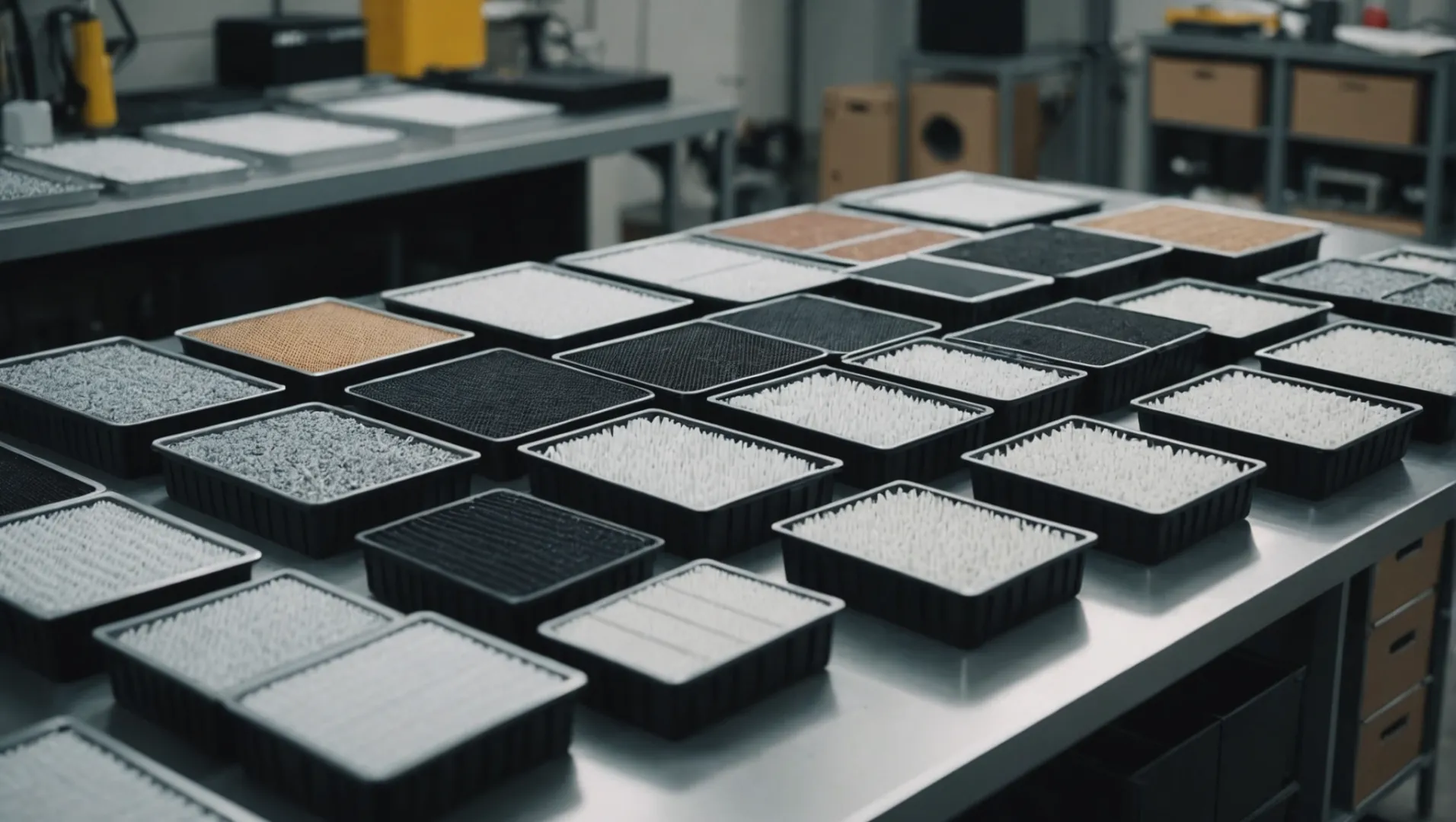
Разработка дизайна для различных областей применения
OEM-производители могут настроить дизайн2 из HEPA фильтры для конкретного применения, будь то бытовые воздухоочистители, системы ОВКВ или промышленное оборудование. Такая адаптация включает в себя изменение размера, формы и материала каркаса фильтра для обеспечения совместимости с конечной средой использования.
| Элемент дизайна | Параметры настройки |
|---|---|
| Размер и форма | Прямоугольные, круглые или нестандартные размеры |
| Материал рамы | Алюминий, пластик, оцинкованная сталь |
| Герметики и прокладки | Пена, резина, силикон |
Выбор материала для улучшения характеристик
Производители предоставляют возможности для индивидуальной настройки материалы3 используемый в HEPA носители. К ним относятся высокоэффективные материалы, обеспечивающие низкое сопротивление и повышенную скорость улавливания частиц. Некоторые инновационные решения включают в себя интеграцию переработанной кофейной пыли в среду, предлагая устойчивые решения, которые заменяют традиционный активированный уголь.
Расширенные возможности для специализированного использования
Для OEM-производителей, которым требуются специализированные приложения, например, медицинские или промышленные, HEPA Фильтры могут быть дополнены антимикробными покрытиями или другими технологическими элементами. Эти инновации помогают улавливать и нейтрализовать вредные патогены, обеспечивая соответствие строгим стандартам здравоохранения и безопасности.
- Покрытия от микроорганизмов: Подавляют бактерии и вирусы на поверхности фильтра.
- Антибактериальные средства: Содержит вещества, убивающие или дезактивирующие микробы.
Балансировка эффективности и сопротивления
Настройка баланса между эффективностью фильтра и сопротивлением воздушному потоку имеет решающее значение для оптимизации работы в различных условиях. Этот баланс обеспечивает максимальную фильтрацию, но при этом потребление энергии остается приемлемым.
Подробнее на эффективность и устойчивость4 балансировка, чтобы понять, как эти факторы влияют на производительность фильтров в различных отраслях.
OEM HEPA-фильтры могут быть изготовлены по индивидуальному заказу для конкретных применений.Правда
OEM-производители могут изменять размер, форму и материалы в соответствии с уникальными потребностями.
Фильтры HEPA не могут содержать антимикробные функции.Ложь
Фильтры HEPA могут иметь антимикробную среду и антимикробные покрытия.
Какие достижения в HEPA Технологии формируют индустрию?
Откройте для себя революционные достижения в области HEPA технологии, которые преобразуют фильтрацию воздуха и устанавливают новые отраслевые стандарты.
Последние достижения в области HEPA технологии сосредоточены на микробных фильтрах, устойчивых материалах и повышенной эффективности. Эти инновации улучшают качество воздуха, улавливая больше загрязняющих веществ, снижая сопротивление и способствуя экологичности.

С добавлением микроорганизмов HEPA Фильтры
Одно из самых значительных достижений в HEPA Технология заключается в интеграции антимикробных агентов в фильтрующий материал. Эта инновация повышает способность фильтров задерживать и нейтрализовать бактерии и вирусы, что делает их идеальными для применения в здравоохранении и чистых помещениях.
Использование таких средств снижает риск размножения микроорганизмов на самом фильтре, продлевая его срок службы и эффективность. Например, HisoAir5 предлагает индивидуальные HEPA Фильтры с микробиологическими свойствами, адаптированные для различных областей применения, повышают безопасность и эффективность.
Высокоэффективные носители с низким сопротивлением
Еще одна важнейшая разработка - создание высокоэффективных и в то же время низкоомных носителей. Традиционный HEPA Фильтры часто сталкивались с проблемами, связанными с сопротивлением воздушному потоку, что могло повлиять на энергопотребление и производительность системы. Однако новые материалы позволяют увеличить поток воздуха при снижении перепада давления, сохраняя превосходную эффективность фильтрации и оптимизируя энергопотребление.
Эти усовершенствования делают возможным для OEM-производителей внедрение HEPA фильтры для более широкого спектра устройств без ущерба для эффективности.
Устойчивые материалы в HEPA Производство
Устойчивое развитие стало ключевым фактором во многих отраслях промышленности, в том числе и в сфере фильтрации воздуха. Последние достижения в HEPA Технология предполагает использование экологически чистых материалов, таких как переработанная кофейная пыль, для замены обычного активированного угля при устранении запахов. Это не только снижает потребление невозобновляемых ресурсов, но и повышает экологичность продукции.
Например, интеграция переработанных материалов соответствует глобальным инициативам, направленным на сокращение отходов и продвижение экологичных методов производства.
Индивидуальные решения для различных областей применения
Персонализация в HEPA Производство фильтров позволяет OEM-производителям удовлетворять конкретные потребности, будь то очистители воздуха для жилых помещений, промышленных объектов или медицинских учреждений. Предлагая индивидуальные решения, производители могут соответствовать различным нормативным стандартам и требованиям к производительности в различных секторах.
Возможность индивидуализации выходит за рамки размера и формы; она включает в себя выбор специализированных материалов и технологий, которые отвечают уникальным условиям окружающей среды и проблемам загрязнения.
Эти достижения свидетельствуют о стремлении не только улучшить качество воздуха, но и адаптироваться к меняющимся требованиям различных отраслей промышленности. Применяя эти инновационные технологии, OEM-производители могут гарантировать, что их продукция останется в авангарде решений для фильтрации воздуха.
В фильтрах HEPA для устранения запахов теперь используется переработанная кофейная пыль.Правда
Переработанная кофейная пыль - экологически чистая альтернатива традиционным материалам.
Фильтры HEPA, насыщенные микроорганизмами, не могут нейтрализовать бактерии.Ложь
Эти фильтры специально разработаны для улавливания и нейтрализации бактерий.
Почему устойчивое развитие важно для HEPA Производство фильтров?
Устойчивое развитие трансформирует отрасли, и HEPA Производство фильтров не является исключением. Узнайте, почему устойчивое развитие имеет решающее значение в этой области.
Устойчивое развитие в HEPA Производство фильтров важно для снижения воздействия на окружающую среду, развития инновационных продуктов и удовлетворения потребительского спроса на экологичные решения. Используя переработанные материалы и применяя энергоэффективные процессы, производители могут создавать более экологичные продукты без ущерба для производительности.
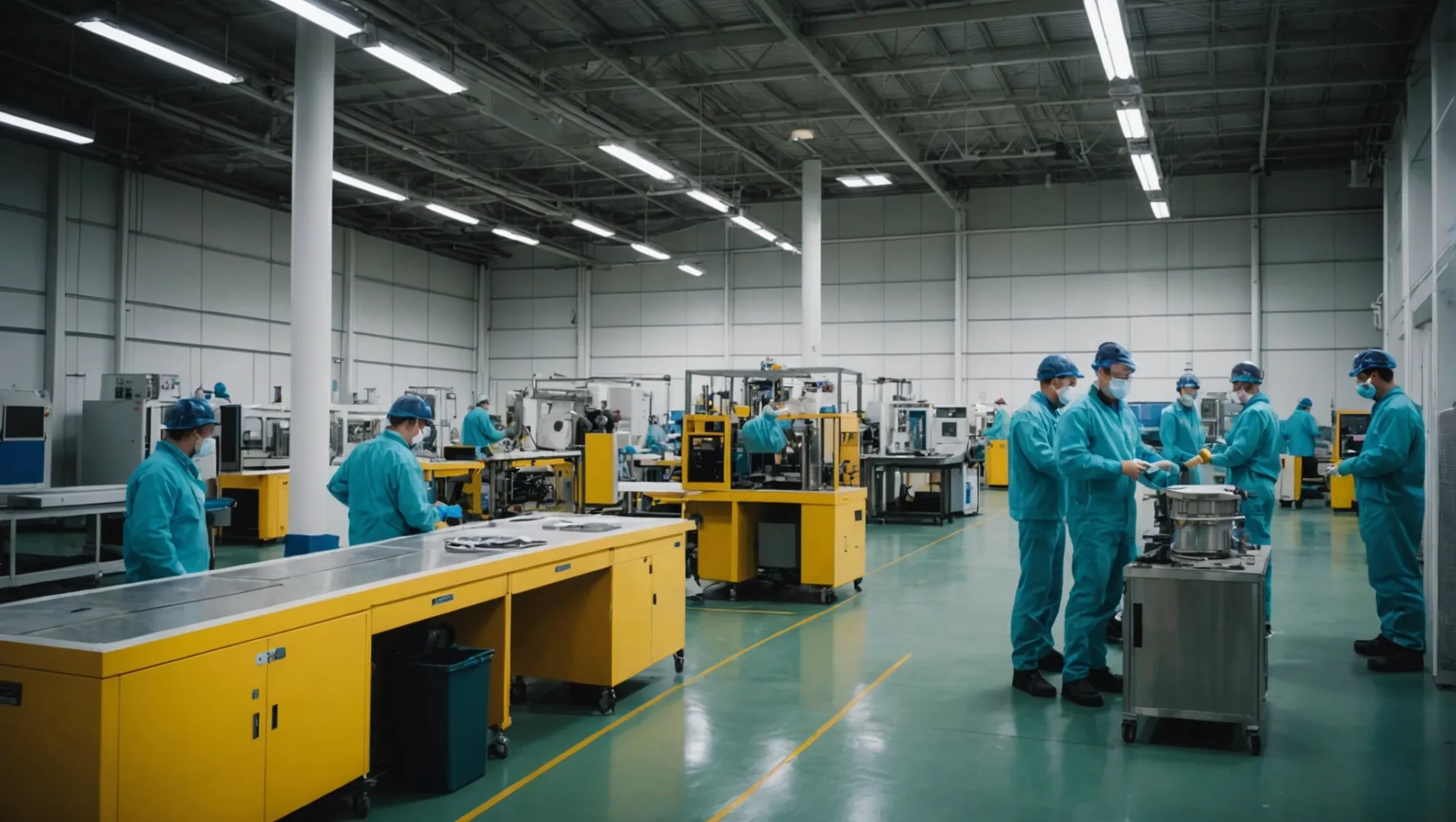
Воздействие традиционного производства на окружающую среду
Традиционный HEPA Производство фильтров включает в себя процессы, которые могут нанести значительный вред окружающей среде. К ним относятся потребление невозобновляемых ресурсов и образование отходов в процессе производства. Переходя к устойчивому развитию, производители могут смягчить это воздействие и внести свой вклад в оздоровление планеты.
Инновационные материалы в HEPA Фильтры
Одно из самых захватывающих достижений в области устойчивого развития HEPA Производство фильтров - это использование переработанные материалы6. Например, включение переработанной кофейной пыли в HEPA Среды предлагает жизнеспособную альтернативу активированному углю. Эта инновация не только сокращает количество отходов, но и сохраняет способность фильтра эффективно нейтрализовать запахи.
Удовлетворение потребительского спроса на экологически чистые продукты
По мере того как растет осведомленность о проблемах окружающей среды, потребители все чаще ищут экологически чистые продукты. Интегрируя устойчивые практики, HEPA Производители фильтров могут удовлетворить этот спрос, сделав свою продукцию более привлекательной для экологически сознательных покупателей. Такой сдвиг не только открывает новые рыночные возможности, но и повышает репутацию бренда.
Преимущества энергоэффективных производственных процессов
Энергоэффективность - краеугольный камень устойчивого производства. Внедрение энергосберегающих технологий в HEPA Производство фильтров позволяет значительно сократить углеродный след и эксплуатационные расходы. Такие методы обеспечивают экологические преимущества на протяжении всего жизненного цикла продукции, от производства до конечного использования.
Роль устойчивого развития в инновациях
Устойчивое развитие - это не только снижение вреда, но и катализатор инноваций. Устойчивое развитие стимулирует поиск новых материалов и технологий, что приводит к созданию более эффективных и долговечных фильтров. Этот цикл непрерывного совершенствования имеет решающее значение для сохранения конкурентоспособности на быстро меняющемся рынке.
В экологичных фильтрах HEPA используется переработанная кофейная пыль.Правда
Переработанная кофейная пыль используется в качестве альтернативы активированному углю.
Традиционное производство HEPA снижает вред, наносимый окружающей среде.Ложь
Традиционные процессы потребляют невозобновляемые ресурсы и производят отходы.
Заключение
HEPA Фильтры необходимы для поддержания качества воздуха и безопасности в критически важных средах. Понимая их важность и возможности настройки, OEM-производители могут повысить надежность продукции и обеспечить соответствие требованиям. Рассмотрите возможность интеграции передовых HEPA решения для оптимальной производительности.
-
Узнайте, как HisoAir предлагает индивидуальные решения по фильтрам HEPA для соблюдения..: Индивидуальные высокоэффективные решения: Мы предлагаем воздухоочистители премиум-класса, адаптированные к потребностям каждого клиента, обеспечивающие превосходное качество воздуха и превосходящие ... ↩
-
Узнайте о различных элементах конструкции, адаптируемых для конкретных применений: Ваши индивидуальные HEPA-фильтры проектируются с помощью AutoCAD и SolidWorks для получения трехмерных гидродинамических изображений. Затем мы изготавливаем прототип с ... ↩
-
Откройте для себя материалы, которые повышают производительность и устойчивость: Мы можем изготовить для вас этот HEPA-фильтр по индивидуальному заказу. Индивидуальный диапазон. Эффективность, От H10 до H14, U15. Материал каркаса, Металл или ДСП. Материал фильтра ... ↩
-
Поймите компромисс между эффективностью фильтрации и сопротивлением воздушному потоку..: Фильтры типа HEPA обычно имеют более низкий уровень эффективности, улавливая частицы размером до 2,5 микрон, которые могут быть не столь эффективны для удаления ... ↩
-
Узнайте, как антимикробные свойства повышают эффективность фильтра и срок службы..: Антибактериальный и антивирусный HEPA-фильтр. Модель: F060. Состав фильтра: антибактериальный и антивирусный HEPA + рамка из черной картонной бумаги + уплотнительная лента T5. ↩
-
Узнайте, как переработанные материалы повышают экологичность и эффективность фильтра: Воздушный фильтр briiv полностью изготовлен из натуральных материалов, таких как биопластик и перерабатываемые материалы, такие как картон и стекло, с нулевым содержанием пластика, натуральных ... ↩



